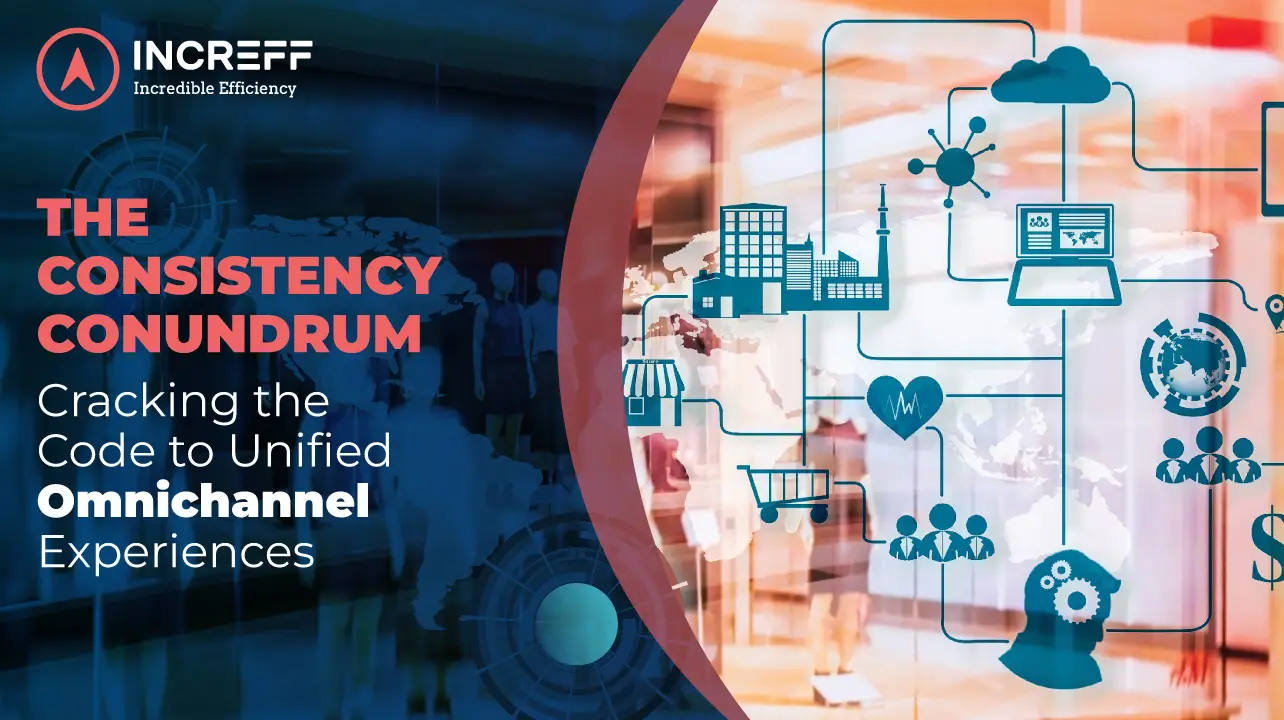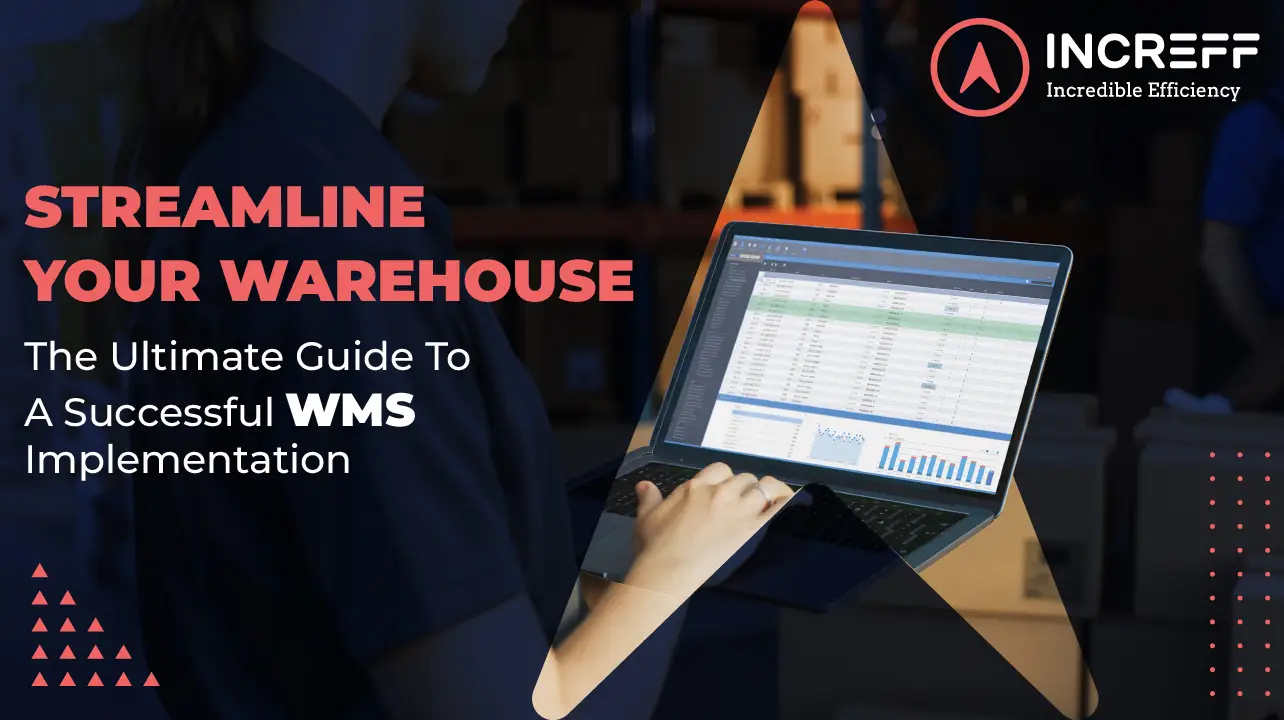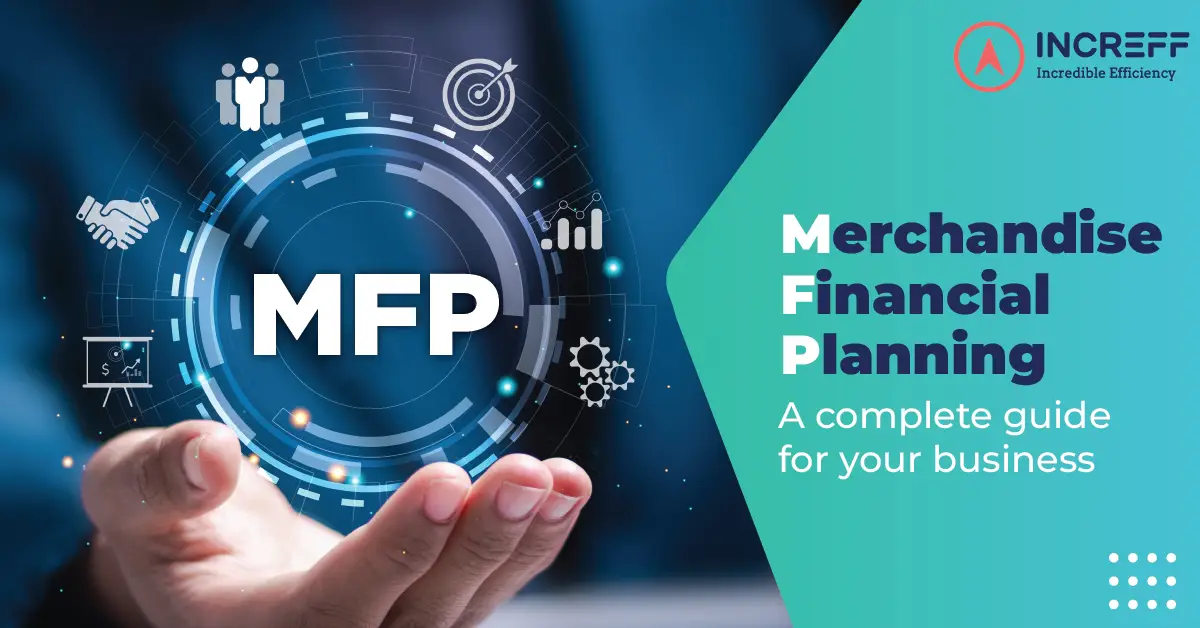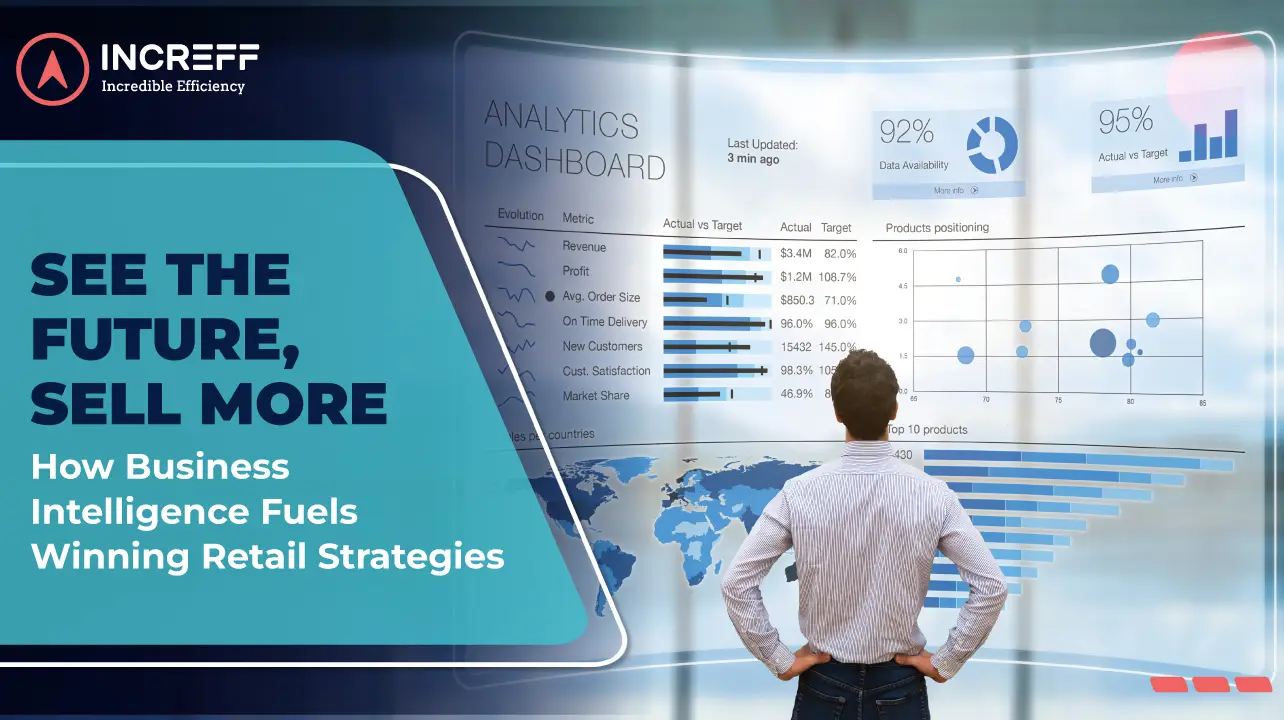5 Tips to Optimize Your Retail Planning and Buying
Retail planning and buying is a complex process that ensures stores have the right merchandise at the right time to meet customer demand. With the rise of ecommerce and omnichannel retail, getting planning and buying right has become more critical than ever for the success of retail businesses. Even minor miscalculations can lead to problems like out-of-stock, overstock, and missed sales. To help retailers optimize their retail planning and buying, here are 5 proven tips:
1. Invest in Merchandising Software
The foundation of good retail planning and buying is having the right merchandising software. Spreadsheets and manual processes need more time and effort to handle the data-intensive work of planning store assortments and placing purchase orders. With advanced merchandising software, retailers can accurately forecast demand, optimize inventory allocation, and enable data-driven buying across channels.
The key capabilities that retailers should look for include:
- Demand forecasting based on historical sales, trends, promotions, and events
- Intelligent allocation to determine the optimal product mix and quantity for each store
- Data-driven reorder recommendations customized for each location
- 360-degree analytics spanning sales, inventory, supply chain, and more
Market leaders provide complete merchandising platforms to plan assortments, allocate inventory, and automate purchase orders while maximizing margins. Investing in such solutions pays dividends through smarter buying, less out-of-stock, and full-price sales.
2. Group Styles by Attributes for Easier Planning
Retail assortments can run into tens of thousands of SKUs, making individual style-based planning ineffective. Merchandising software solves this by allowing retailers to plan assortments by grouping styles based on attributes.
For instance, womenswear planners can group tops by attributes like sleeve length, fit type, material, print/pattern, neck style, etc. This makes planning weekly/monthly store assortments much simpler and error-free. Based on past demand and trends, planners allocate budgets across various style attribute groups for a location rather than individual SKUs.
The software ensures only on-trend styles in optimal quantities are available in stores by automatically selecting best-fit styles under each attribute group. This attribute-based clustering approach minimizes gaps in assortments due to overlooked styles.
3. Identify and Plan Core and Fast Selling Items
Identifying the right core and top-selling items to prioritize is key to retail success. Merchandising software enables this through intelligent algorithms.
The 80/20 Rule
The 80/20 rule is a well-known concept in retail, where typically, 20% of styles generate 80% of sales. Retailers need to identify and focus on this key 20% of items driving maximum revenue. Understanding and leveraging this 80/20 rule allows retailers to more efficiently allocate resources to the most productive parts of their business.
How Software Identifies Top Sellers
Merchandising software leverages intelligent algorithms to identify top-selling styles in each store by:
- Analyzing historical Rate of Sale (ROS) data
- Determining median ROS to account for outliers
- Identifying styles with the highest sales density within groups
- Factoring key attributes like color, size, and fit to pinpoint winning variants
Precision Planning for Top Sellers
Once top revenue-driving SKUs are identified, planners can:
- Allocate deeper inventory quantities to avoid stock-outs
- Customize product mix and widen the breadth of top styles
- Order enough supplementary sizes and colors
- Accurately plan space and visual merchandising strategies
- Double down by backing winners, attenuate laggards
Uplift from Prioritizing Top Sellers
Focusing on the top 20% styles delivers:
- Higher Revenue – By optimizing inventory depth for top-selling items identified by the algorithms, retailers have sufficient quantities of their best-selling products.
- Lower Discounting – Top-selling items often end up getting marked down due to inadequate inventory, which leads to stock-outs.
- Lower Stock-outs – Data-driven depth identification ensures enough safety stock buffers for top sellers to prevent stock-outs.
- Better Customer Experience – By ensuring top sellers are well-stocked to meet demand, customers can easily find and purchase the popular products they want.
4. Determine Optimal Inventory Depths Scientifically
Finding optimum inventory quantities is crucial yet complex in retail planning. Merchandising software makes this scientific through data models and algorithms.
The Perils of Sub-Optimal Depth
- Too little depth – Leads to stock-outs and missed revenue
- Excessive depth – Increases carrying costs and drives markdowns
Hence, determining optimal depth is an intricate balancing act.
How Software Calculates Optimal Depth
Merchandising software leverages intelligent algorithms to calculate reliable depth recommendations by analyzing:
- Rate of Sale (ROS) – How fast a product sells based on history
- Lead Times – Time to replenish inventory
- Shelf Life – Duration for which style remains relevant
- Trends – Insights from analyzing demand patterns
- Service Levels – Brand policy on fill rate targets
- Turn Objectives – Revenue to inventory ratio goals
Benefits of Scientific Depth Optimization
Algorithm-based depth decisions deliver significant commercial impact:
- Maximizes full-price sell-throughs – By determining the optimum inventory depth needed to meet demand, stock-outs can be avoided for each product.
- Minimizes out-of-stock – The algorithm-calculated optimum depth factors in sales volatility, trends, seasonality, and enough of a buffer as per brand service levels.
- Reduces discounting and markdowns – Out-of-stocks often lead to missed revenue opportunities. To compensate, retailers end up marking down excess stocks.
- Optimizes working capital needs – Ordering too deeply ties up excess capital while under-ordering increases lost sales and mars margins.
- Allows tracking depth in execution – Software enables tracking actual inventory receipts Vs. Optimized depth.
5. Plan by True Rate of Sale, Not Skewed Averages
A common pitfall in merchandise planning is incorrectly relying on the average rate of sale (ROS), leading to distorted projections. For skewed products, median ROS is a truer indicator of future demand as extremely high/low data points distort the average. Further, being aware of demand variability measured through coefficients of variation also produces better forecasts.
Merchandising software calculates median ROS by scientifically stripping outliers and also captures demand variability. By planning using true ROS and coefficients of variation, planners avoid over-stocking or under-stocking products with irregular demand patterns. The volume and revenue impact of relying on true/median ROS can be substantial, especially for skewed fast-selling items.
The Bottom Line
Advanced cloud-based merchandising software solutions make the execution of these best practices easier than ever. By harnessing the power of data and algorithms, retailers can enable their planners to curate the optimum assortment and inventory mix aligned to customer preferences.
Doing merchandise planning and buying the smart way ensures higher full-price sell-throughs, lower discounts and out-of-stocks, and visible sales and margin upside relative to gut-feel-based manual approaches. The ROI from tech-enabled planning and buying is compelling, especially in volatile retail environments with compressed planning cycles.
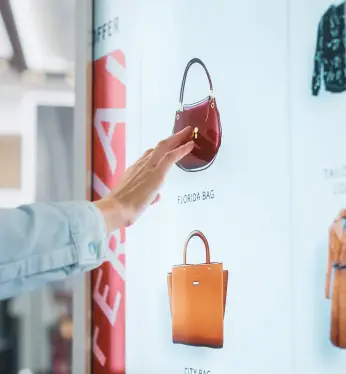

 29 February, 2024
29 February, 2024 




